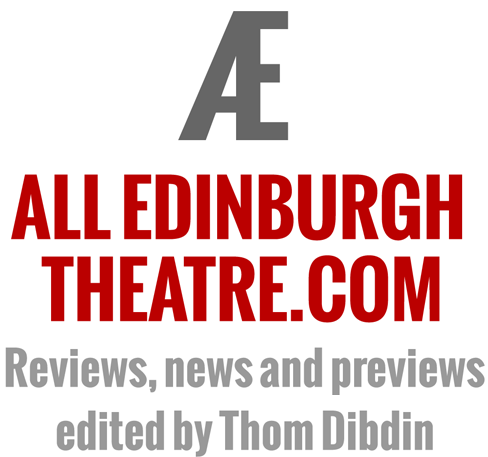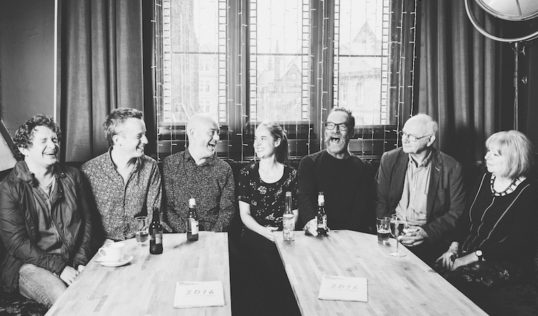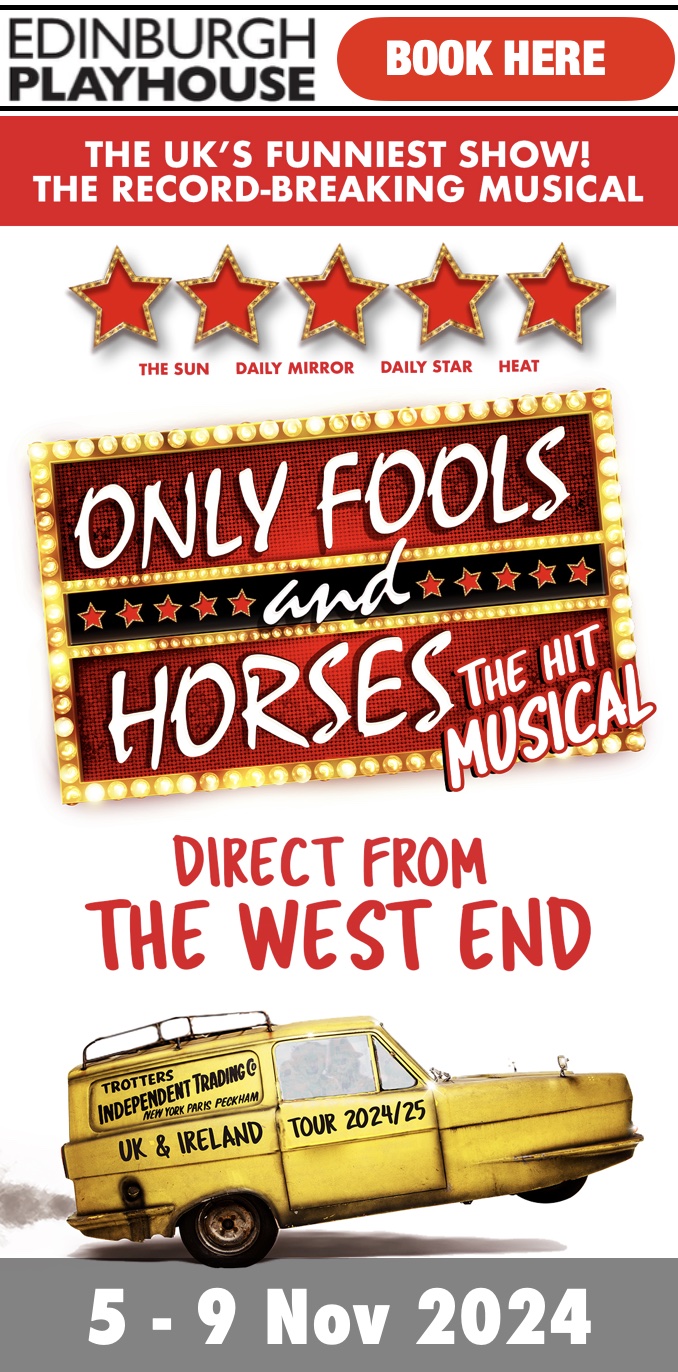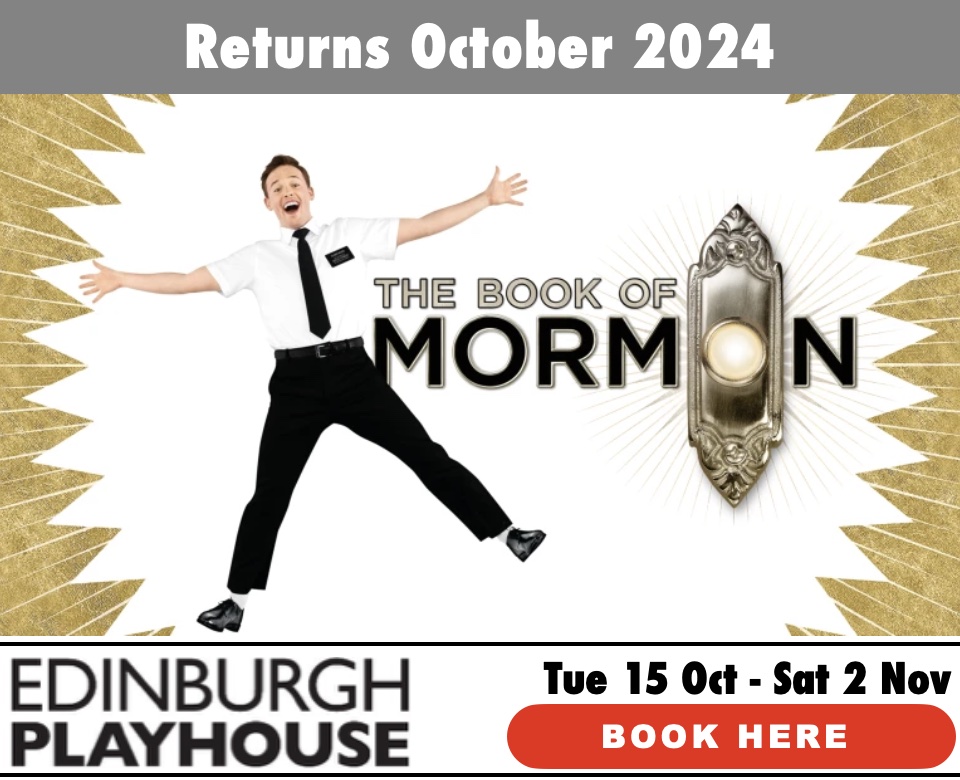Before the Hudson and the Liffey
James Connolly in Edinburgh and Leith
The Hub: Sat 20 Aug 2016
Review by Richard Purden
In this centenary year of the Easter Uprising, the EIF combined with Edinburgh’s trades unions to commission a short piece of theatre that remembered the union activities of James Connolly, who was born in Edinburgh.
Here, Richard Purden of the NUJ’s Edinburgh Freelance Branch, praises a compelling and vibrant tribute to James Connolly and his journey from the Cowgate to becoming one of the key figures in the Easter Rising.
James Connolly remains a contentious figure for many. In the broad sweep there are an abundance of assumptions and myths around the Irish Republican leader that give his legacy a cultish, underground flavour. In a recent essay his great-nephew, the late Ian Bell, suggested that when it came to what you knew of James Connolly, even among his family, he was “famous, chiefly for getting himself killed”. This is a common experience in Scotland.
In this centenary year of the Easter Rising there has been a renewed focus, across the arts, on Connolly as one of the seven signatories of the Easter Proclamation. His role in the rebellion against British rule over Ireland is well covered. At an Edinburgh International Book Festival event last week for Scotland and the Easter Rising: Fresh Perspectives on 1916, Willy Maley suggested that it remains a common misconception that Connolly was born in Ireland.
What Before the Hudson and the Liffey sets out to do is reclaim James Connolly as Scottish and not just Scottish but coming from, of all places, Edinburgh.
Perhaps this is why the world finds it so hard to accept Connolly as Scottish, while Glasgow, with its visible, flamboyant diasporic Irish culture might have been a better fit for his legacy, the fact remains that this second-generation Irishman was fundamentally shaped by his Edinburgh years.
multi-media experience
In the Edinburgh International Festival, Before the Hudson and Liffey, supported by Edinburgh Trades Union Council and Scottish trades unions, celebrates this in a compelling and vibrant fashion. This multi-media experience goes back to 1868 and to the Cowgate where Connolly was born. Vocalist Maeve Mackinnon performs James Connolly’s Ghost by Glasgow folk-rock group the Wakes, a lyric from the track gives this retrospective of Connolly its name and sets the right tone. Mackinnnon’s evocative voice summoning melodies of the period backed by Aidan O’Rourke on fiddle and pianist Brian McAlpine.
What’s clear is Connolly’s belief that lyrical and poetic expressions were effective in summoning, as he put it, “a democratic spirit”. In director Ben Harrison’s production, the transition from song to acted segments from The Non-Stop Connolly Show by Margaretta D’Arcy and John Arden is seamless. Actors Kevin Lennon and Helen Mackay enter Connolly’s private world and offer one particularly tender scene with his wife Lillie that underpins the production.
The strength he gained from being a husband and father can’t be overlooked along with the unequivocal support of his wife, so much of Connolly’s drive seems to come from making a fairer and better world for his children to inherit. The eminent line where he describes the capital in a salty Edinburgh brogue as a town of “snobs, flunkeys, mashers, lawyers, middle-class pensioners and dividend hunters” is brought to life by Lillie’s editing of those words.
Often humorous the ordinary nature of these scenes helps to humanise him while offering a clear Scottish context as a trade union leader and political organiser in the Labour movement. We also gather a sense of Connolly’s wider community in Edinburgh and those who added to the bigger picture. One of those figures was Patrick Geddes who blended his combined talents of town planning and sociology to build an international reputation that led him to work in places such as India, Jerusalem, Palestine and France.
precarious territory
Fellow socialist writer and political agitator John Leslie was another key influence. One story recounts that Leslie was publicly losing the argument against a political opponent – springing to life, a usually quiet Connolly, recovered the lost ground.
He is positioned, literally, as being beneath Edinburgh – under bridges and hemmed in by walls in “Little Ireland”. He had a stammer, bad eyesight and often lived with hunger. Connolly’s drive to educate himself was not an individual story of attainment but one of self-sacrifice. This of course is precarious territory as Willy Maley pointed out in Edinburgh last week; many believe that Connolly’s biggest mistake was to take up arms in the Easter Rising.
Connolly’s Catholicism was conflicted, he spoke out against religious hierarchy but also said “I respect the good Catholic more than the average free thinker,” describing the “orthodoxy” of the latter as “ridiculous”. When it suited him Connolly would use Catholic doctrine to his advantage especially when arguing with more conservative members of the clergy.
As Before the Hudson… suggests, the sense of sacrifice was very real for Connolly. During the event, a powerful black-and-white clip of his daughter Nora being interviewed in 1965 described a last visit to see her father, lying helpless, the day before he was executed. Lillie breaks down pleading with her spouse: “Your life James, your beautiful life”. It’s a heart-breaking moment.
sectarian cul-de-sac
It’s the contradictions that make his life so fascinating; it’s difficult to imagine him having such a prominent role in the Rising without his British Army experience. He was also a deeply moral, black-and-white kind of character; evil is a word that often comes up when referring to the British Empire and ruling class.
In Scotland, Connolly’s legacy has languished in a sectarian cul-de-sac for too long, something he would have found abhorrent, particularly because he loathed the divide-and-rule tactic of the elite to segregate the working class. He is remembered with statues and monuments in Dublin, Belfast and America and was voted in 64th place by the British public in a BBC programme which reflected on the 100 Greatest Britons (2002). It has taken an Irishman in the form of Fergus Linehan (EIF director) to draw attention to Connolly’s Scottish life, a stone’s throw from where he was born.
The small brass plaque in the Cowgate does little to elevate one of Auld Reekie’s famous sons. Here and at the book festival it’s been made clear that many prominent thinkers, journalists and educationalists believe that Connolly’s relevance to Scotland has been obfuscated. They don’t teach this shit in school is how the Dublin songwriter Damien Dempsey might put it. Perhaps one day they just might.
Running time: one hour
The Hub, Castlehill, EH1 2NE
Saturday 20 August 2016
Run ended.
EIF website: www.eif.co.uk/2016/hudson-liffey
Our thanks to Richard Purden for this report, which was commissioned by the Edinburgh Freelance Branch of the NUJ.
ENDS



















